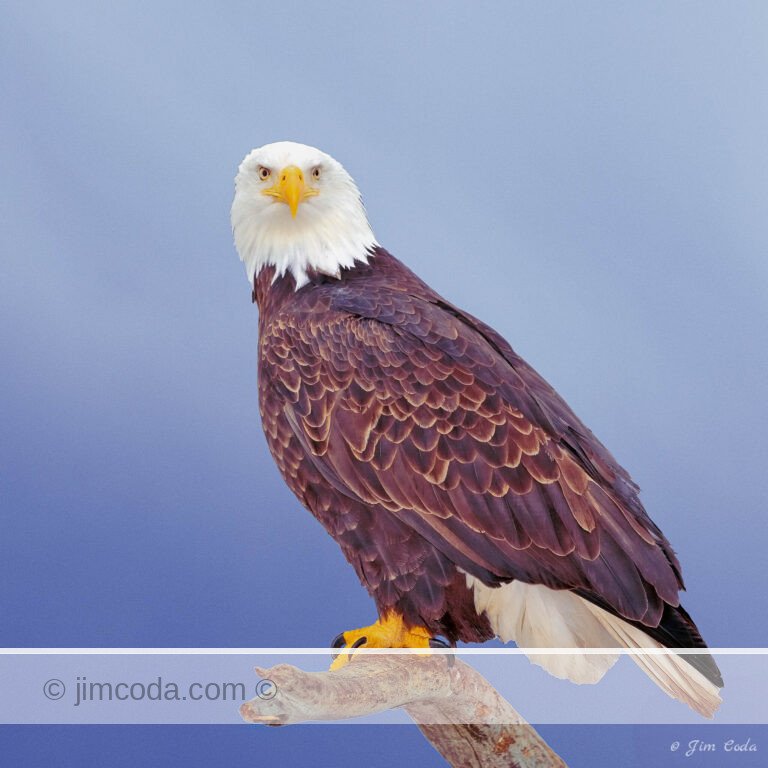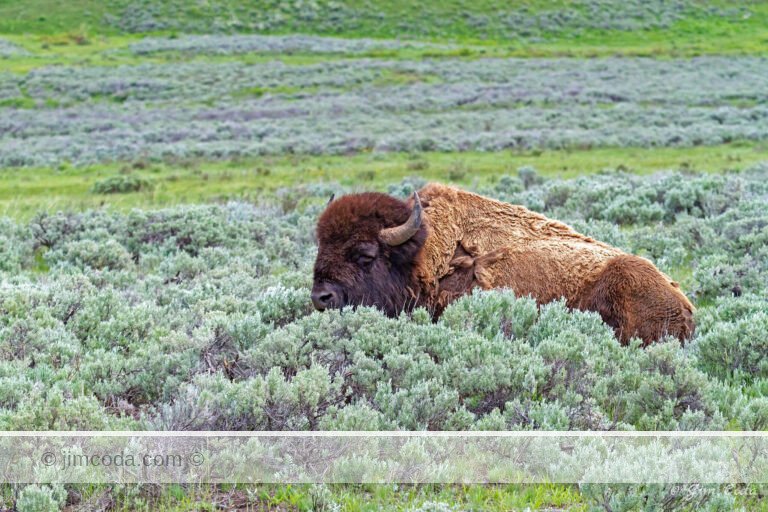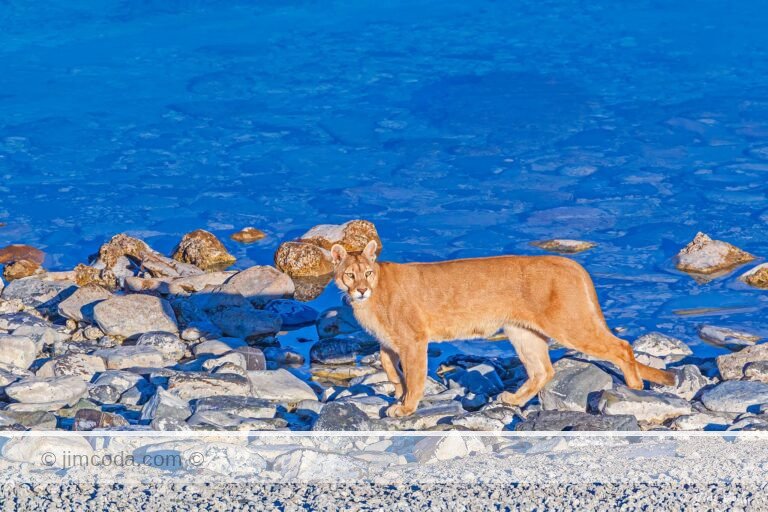Tag: elk
A Sandhill Crane Near Blacktail Ponds
When people think of the wildlife in Yellowstone they think of...
A badger wakes up from its sunbath.
After lunch today I decided to go out to Point Reyes. I’m...
Dominant Bull
This is the largest bull elk I saw this fall in Yellowstone. He and his harem were located...
Cow Elk in Gardner River; “Come on. Follow Mama.”
This cow was part of a harem of about...
Tule Elk Calf, Point Reyes National Seashore
One thing I like to see when I’m watching young animals...
Young Bull Elk with Deer Antler, Point Reyes National Seashore
The young bull tule elk on the left is...
Black Bear, Yellowstone National Park
Recently I wrote that the elk are dropping their antlers in Point...
No articles found
Prints for sale
Browse my selection of photos for sale as fine art prints
Filter by category
Sorry, no prints in this category









